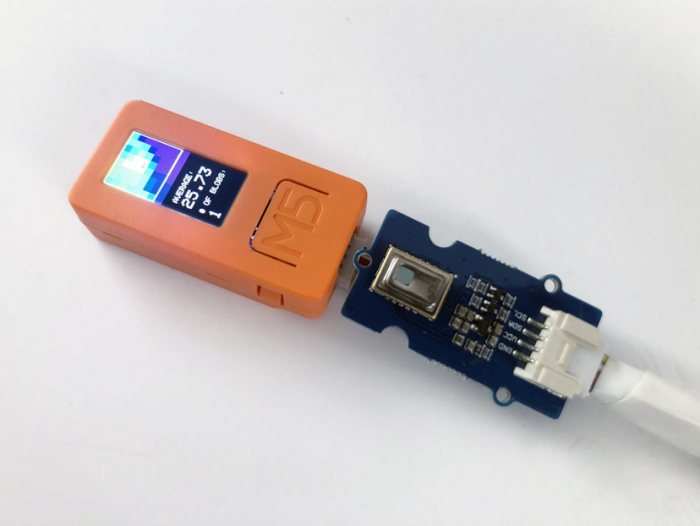Woodbury’s Applied Computer Science Students Build Wearable ‘Social Distancing’ Devices Amid COVID-19 Pandemic

In a typical Spring semester, students within Woodbury University’s Applied Computer Science program would work on projects that summarize the learning outcomes of their studio classes, and at the end of the year, they would exhibit their creations at an annual Spring showcase event for peers and family members.
But with the onset of the COVID-19 pandemic, this was no typical Spring semester. Social distancing and state stay-at-home orders mandated that all courses be shifted online and all in-person events be canceled, leaving faculty to reimagine a final project that would engage students within the context of a new remote learning environment. Applied Computer Science Chair, Ana Herruzo, and freshman Interactive Prototyping professor Nikita Pashenkov, put their heads together and came up with a meaningful project structured to address the current reality of ‘social distancing’ and remote learning.
The project, dubbed ‘L-ONE,’ set students up to work with a beginner hardware kit suitable for a first level introductory course in physical computing or electronics and software prototyping in the comfort of their home. The idea was for each student to build a wearable “social distancing” device that would incorporate an off-the-shelf electronic kit with a built-in screen, rechargeable battery, LED light and speaker, coupled with a miniature thermal imaging sensor. The device would help the wearer maintain social distancing guidelines by interpreting sensor data and indicate safe/unsafe distances to other people via outputs such as graphics, light, and sound.
“Nikita came up with the great idea of having our students design and fabricate a social distancing device, “ said Herruzo. “The project helped students apply the skills they learned in our program in an engaging way that would contribute to society during this crisis and create a connection to Woodbury while isolated at home.”
Based on the technology framework developed over remote working sessions, the final project for the course instructed students to design and implement a functional prototype of a wearable device in a Do It Yourself (DIY) enclosure. The students were given leeway to come up with its physical form, location on the body, imagine use scenarios for the device, and integrate hardware outputs such as built-in screen graphics and plug-in sound module. The assignment also required the prototype to demonstrate core Internet of Things (IoT) functionality by logging collected sensor data to the cloud.
“I was delighted to see the students embrace the project brief and interpret it creatively in unique ways, generating a variety of interactive prototypes that help to imagine practical devices addressing a new and unprecedented social need,” said Professor Pashenkov.
Applied Computer Science students raved about the project as well. “This project helped me realize that our education at Woodbury not only prepares us for what we imagine to be in the future but provides us with the tools and knowledge needed to quickly adapt our future for unexpected realities,” said Anna Grubinsky Ossyra. “It was very exciting to design an actual interactive device that can be used ‘as-is’ and has an actual purpose and meaning.”
Student Chanel Tiana Cruz added, “I really enjoyed working on this project, for I knew I was creating a device that could potentially help protect the health of others.”
Click here for more information on project ‘L-One.’
Click here to see the documentation of the students’ projects.